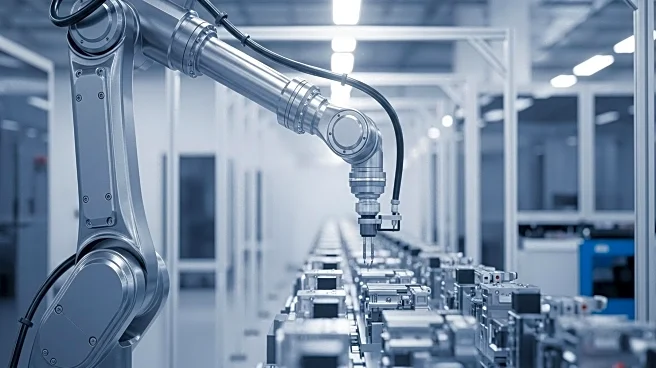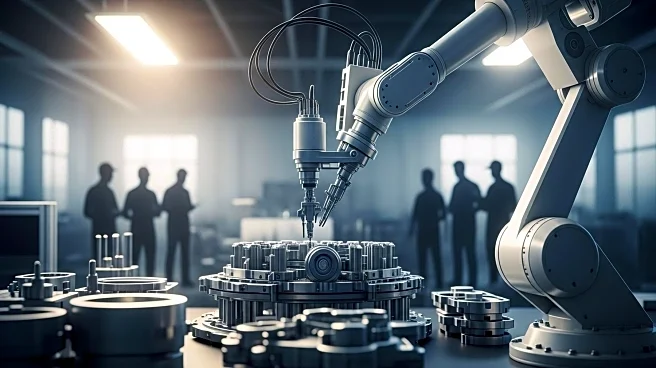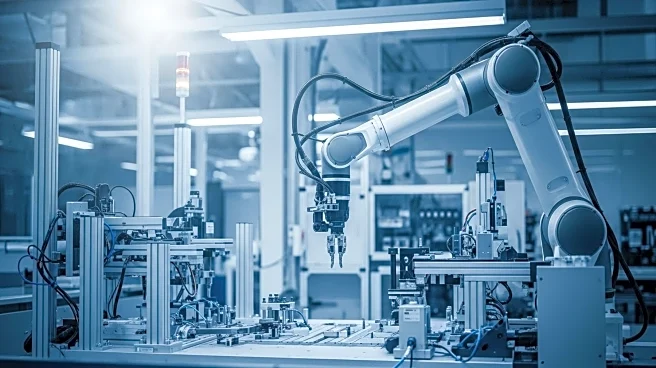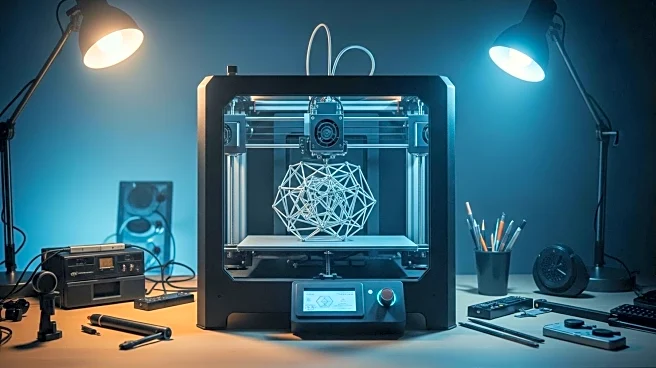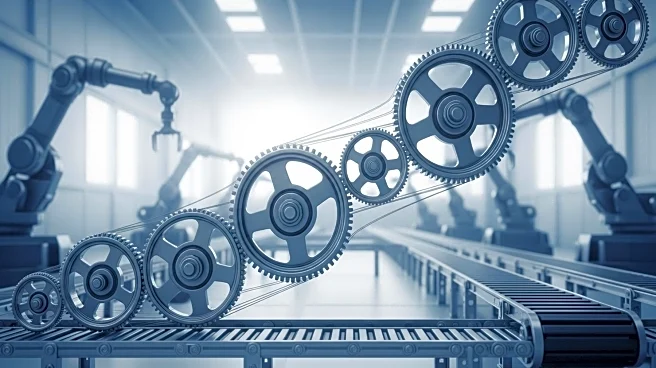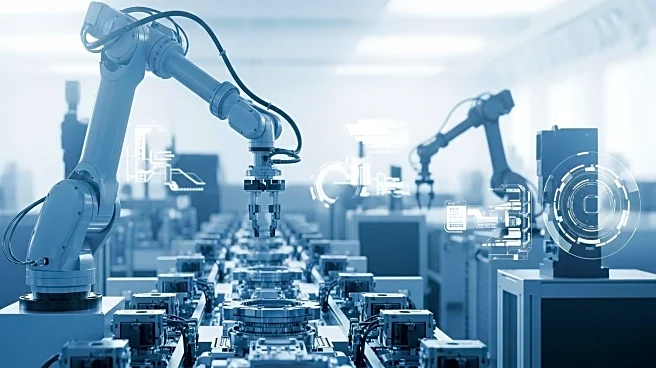What's Happening?
The U.S. manufacturing sector is confronting a significant talent gap, with a projected need to fill 3.8 million jobs over the next decade. However, a study by Deloitte and The Manufacturing Institute indicates that nearly half of these positions could remain unfilled due to a shortage of skilled workers. The aging workforce, with a growing proportion of employees aged 55 and older, exacerbates this issue as seasoned workers retire without enough young talent to replace them. Despite the modern, clean, and technologically advanced nature of today's manufacturing jobs, outdated perceptions of the industry as dirty and dangerous persist, deterring new entrants. Efforts are underway to change this narrative, with initiatives like Saint-Gobain North America's Sustaining Futures, Raising Communities program and the Federation for Advanced Manufacturing Education's national apprenticeship program aiming to bridge the gap by engaging students and showcasing the opportunities within the sector.
Why It's Important?
The talent gap in manufacturing poses a threat to the U.S. economy, as the sector is crucial for job creation, innovation, and maintaining national competitiveness. With manufacturing jobs offering high salaries and robust benefits, the inability to fill these roles could lead to increased production costs, delays, and a potential decline in innovation. Addressing this gap is vital not only for sustaining the current workforce but also for ensuring the future growth and stability of the industry. By inspiring and educating young talent, the manufacturing sector can secure its legacy and continue to be a driving force in the economy. The success of these initiatives could also serve as a model for other industries facing similar challenges.
What's Next?
As October is National Manufacturing Month, the industry has a timely opportunity to reach out and inspire the next generation. Companies are encouraged to open their doors, share success stories, and demonstrate the viability and vitality of manufacturing careers. Continued collaboration between industry leaders, educational institutions, and government programs will be essential in building a sustainable talent pipeline. The focus will be on creating clear pathways from education to employment, ensuring that students are aware of and prepared for the opportunities available in modern manufacturing.
Beyond the Headlines
The efforts to close the manufacturing talent gap also highlight broader societal issues, such as the need to reevaluate educational priorities and address stereotypes associated with trade careers. By shifting perceptions and increasing visibility of the sector's potential, there is an opportunity to not only fill immediate job vacancies but also to foster a cultural shift that values diverse career paths. This could lead to a more balanced workforce and a stronger economy, as well as increased innovation and competitiveness on a global scale.

